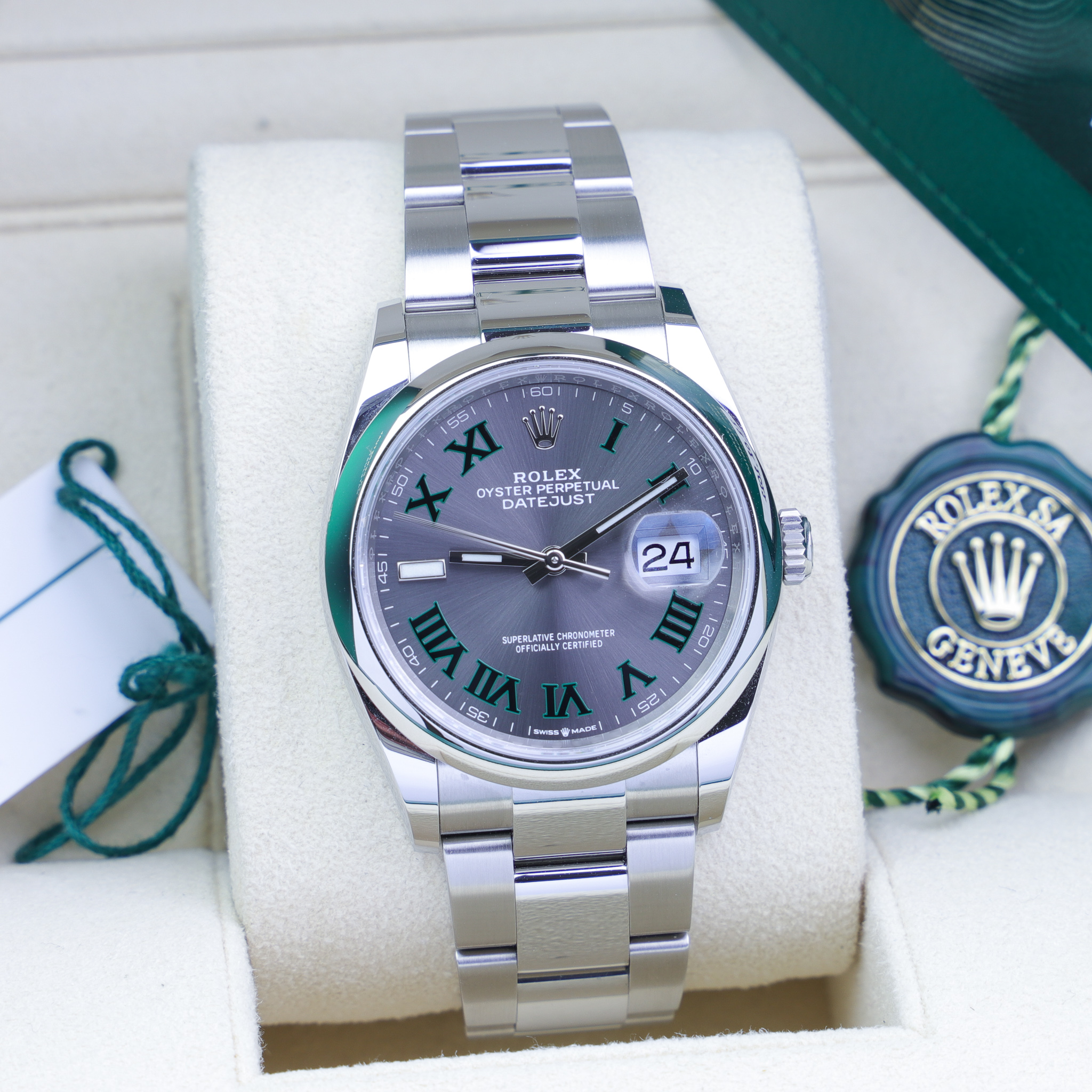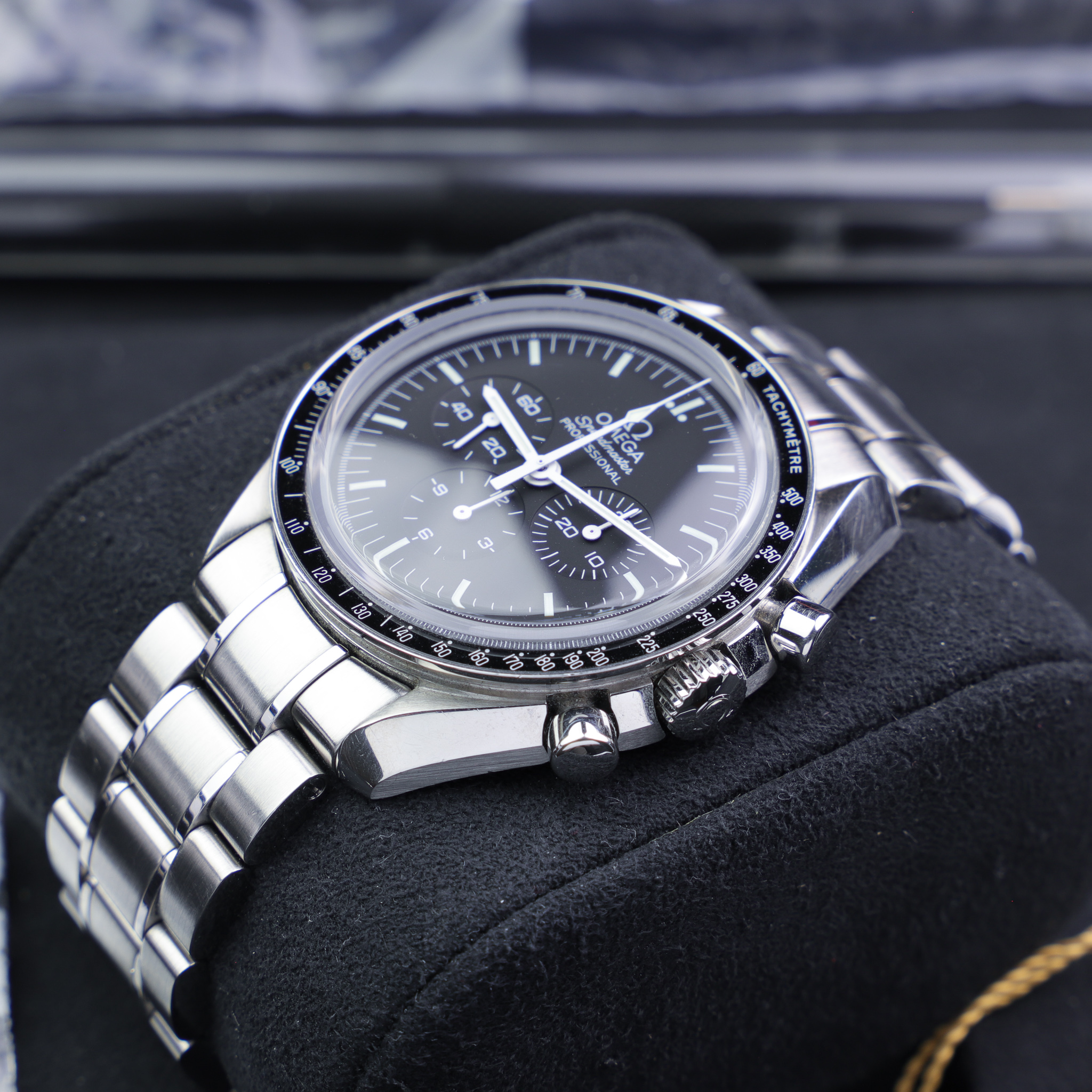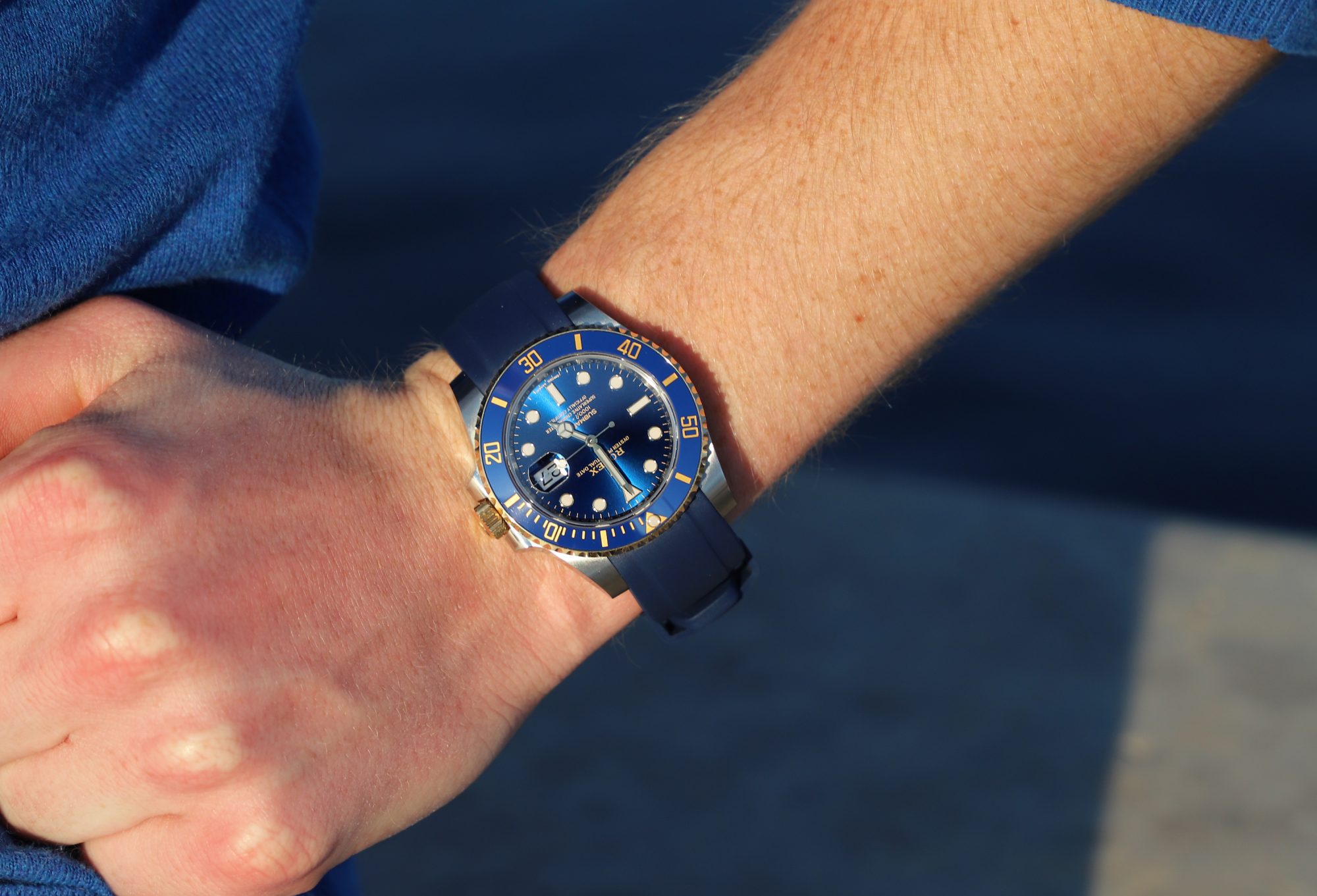
How Often do Automatic Watches need to be Wound? [Complete Guide]
There are many different types of watches on the market. In style and design, but more importantly with different types of movements. There are two main movement types on the market today, automatic and quartz. These types of movements vary greatly in construction and how they work, but the key difference is how they get their energy to function.
Quartz watches are powered by batteries and are classified as digital watches. Automatic watches, on the other hand, are classified as mechanical watches and are powered by a mainspring and a rotor (also known as an oscillating weight) which rotates from kinetic energy and thus winds the movement.
Both of these watches have their pros and cons but automatic watches tend to be more popular amongst watch enthusiasts who appreciate the fine craftsmanship and mechanical engineering.
A question that is often asked related to automatic watches is “how often do automatic watches need to be wound”. And “Do automatic watches have to be wound?”. In this article, we’ll sort out the answers to these questions and go into detail about what they mean.

Do automatic watches have to be would? What does it mean?
Simply explained, the oscillating weight rotates from kinetic energy when the watch is worn. When it rotates, it winds the mainspring which is the part of the watch that stores energy. With that said, why would you even need to wind an automatic at all?
Most automatic watches today, in addition to the rotor, also have hand-winding functionality. This means that you can wind the watch (mainspring) using the crown. Essentially, this combines the function of a hand-wound watch with the function of an automatic watch.
The hand-winding function is something that has become more and more common in watches today. The only watches that do not tend to have it are the cheapest and most affordable watches on the market as the hand-winding function is yet another thing that increases the complexity of the movement and thus makes it more expensive to manufacture.

But since the vast majority of the automatic watches on the market today have hand-winding functions, there must be a purpose and a reason. And there is. It’s not always that you can rely on the rotor for various reasons. One such reason is when you are not wearing it. If you set it aside and don’t want it to stop, you may occasionally wind it by hand. The same goes for if the watch has stopped. Some people violently shake their watch to get the rotor to rotate and the watch to start again. However, this is not an ideal method as it can damage the movement or at the very least cause unnecessary wear and tear.
For these two reasons, manufacturers decided to incorporate the hand-winding function in automatic watches.
Technically, automatic watches don’t need to be wound if they are worn regularly. However, there are occasions when winding a watch can be a good idea, primarily when the watch has stopped and you need to get it to start ticking again. This is because the other alternative (shaking the watch) is not ideal.

Should you wind an automatic watch?
Yes, you should wind an automatic watch. Automatic watches have power reserves that normally range from 38 to 70 hours and sometimes more when fully wound. This means that it will stop if you don’t keep it wound. When you are wearing the watch on a regular basis, you don’t have to worry too much about it as the kinetic energy that is generated from the movement of the wrist is what powers it. But if you take it off and leave it for a while, the watch will eventually run out of energy and stop.
A watch is hand-wound by screwing the crown clockwise. How many turns are required will depend on two primary factors – how much energy the watch already has and how long the power reserve is. As you wind the watch, you’ll notice that the resistance increases, telling you that the mainspring is getting tighter and tighter.

When winding your watch, there are a few things you want to keep in mind.
First and foremost, some people have the habit of winding the watch whilst it is on the wrist. This is not ideal as the angle may not be perfect which may put unnecessary stress and wear on the winding stem.
Secondly, you want to be careful with overwinding your watch. Fortunately, many watch manufacturers have put into place an overwinding-prevention feature that disconnects the winding from the mainspring when it is fully wound. This saves the mainspring from snapping by being overwound. However, keep in mind that not all automatic watches have this feature so you want to be careful to not overdo it. As you wind, the resistance will increase. Slow down the winding and stop winding when you feel that there is a lot of resistance. As a rule of thumb, you can wind the watch 20-40 turns. But, as mentioned, it varies.

Why should you wind your automatic watch?
We have already discussed the benefits of winning a watch as a preventive measure to keep it from stopping, but also to get it to start ticking again after it has stopped.
However, there’s one more benefit of occasionally hand-winding an automatic watch. That is that it retains the tension in the mainspring at a sufficient level and therefore helps improve the accuracy and performance. Sometimes, a watch with low tension in the mainspring will cause the watch to lose accuracy.
When an automatic loses energy, the mainspring has less tension. The power reserve of an automatic normally varies between 38 and 70 hours. But if you’re not very active, or have left the watch for some time, you may want to manually wind it to ensure it is fully charged, or at least doesn’t have a very low power reserve.
Do you have to wind your automatic watch?
Whilst you don’t have to manually wind your automatic watch in most cases, it can be good to do so for several reasons that we have discussed above. An automatic watch is built for the sole reason that it is more practical than a hand-wound watch. This means that you can just set it and forget it in most cases. The kinetic energy will ensure that your watch keeps on ticking. But at the same time, most automatic watches today are also equipped with a hand-winding function. Not all of them do, but more and more watches get this function due to their practical benefit. And it is particularly useful when your watch has stopped and you need to get it to start ticking again.
The biggest issue with an automatic watch is if it doesn’t have sufficient energy as it will cause it to stop. This means you need to set the time and its functions again and wind it to get it to start. By winding your watch on a regular basis, you can prevent this from happening. It ensures that your watch always has sufficient power and doesn’t stop which can be frustrating.
If you are very active as a person, you normally don’t have to wind your watch manually unless you plan to leave it, or have left it unworn for some time.

How to wind an automatic watch
Fortunately, winding an automatic watch is very easy to do. Follow these steps:
- Remove the watch from your wrist if you are wearing it
- Unscrew the crown (if it is a screw-down crown)
- Wind the crown in a clockwise direction between 20-40 turns. Note that how many turns are necessary will vary on several factors, including the power reserve of your watch as well as how much energy it already has.
- Remember to wind your watch on a regular basis, ideally once a day.
How often you should wind your watch depends on several factors, most importantly how active you are. If you are wearing your watch when running or performing other types of activities that require a lot of movement, the watch will likely be sufficiently wound solely by the rotor. But if you are mostly sitting still at the office, it will require you to wind your watch more, and do so more frequently.
Use a watch winder
Last but not least, It may be a good idea for you to invest in a watch winder. If you feel that it is annoying to manually wind your automatic watch or have to remember to do so, a watch winder is a good solution. You can refer to our list of some of the best watch winders here.
The benefit of a watch winder is that it keeps your automatic watch fully wound at all times, even when you are not wearing it. This keeps the watch from stopping and thus having to set the time and all of the other functions again. When you take off your watch and don’t plan to wear it for a few days, you simply put the watch in the winder and when you come back, the watch is still ticking.
A watch winder is particularly popular amongst those who have multiple watches in their collection. If you have a lot of watches, chances are that there won’t be enough time for you to rotate between them to ensure that they continue ticking. Hence why buying a watch winder is a good solution to keep them running.
Conclusion
The bottom line is that yes, automatic watches do need to be wound manually in most cases. It is beneficial for the watch and prevents it from stopping. An exception, however, would be if you have a watch winder or if you are very active. in these cases, the kinetic energy from the rotor will generate enough energy and keep the watch fully wound, meaning it does not need to be wound manually.
But how often you need to wind your watch will depend on different factors so there’s no exact answer. A general rule of thumb is that you should wind your watch on a regular basis every day or every other day, depending on how active you are and how long the power reserve of your watch is.




